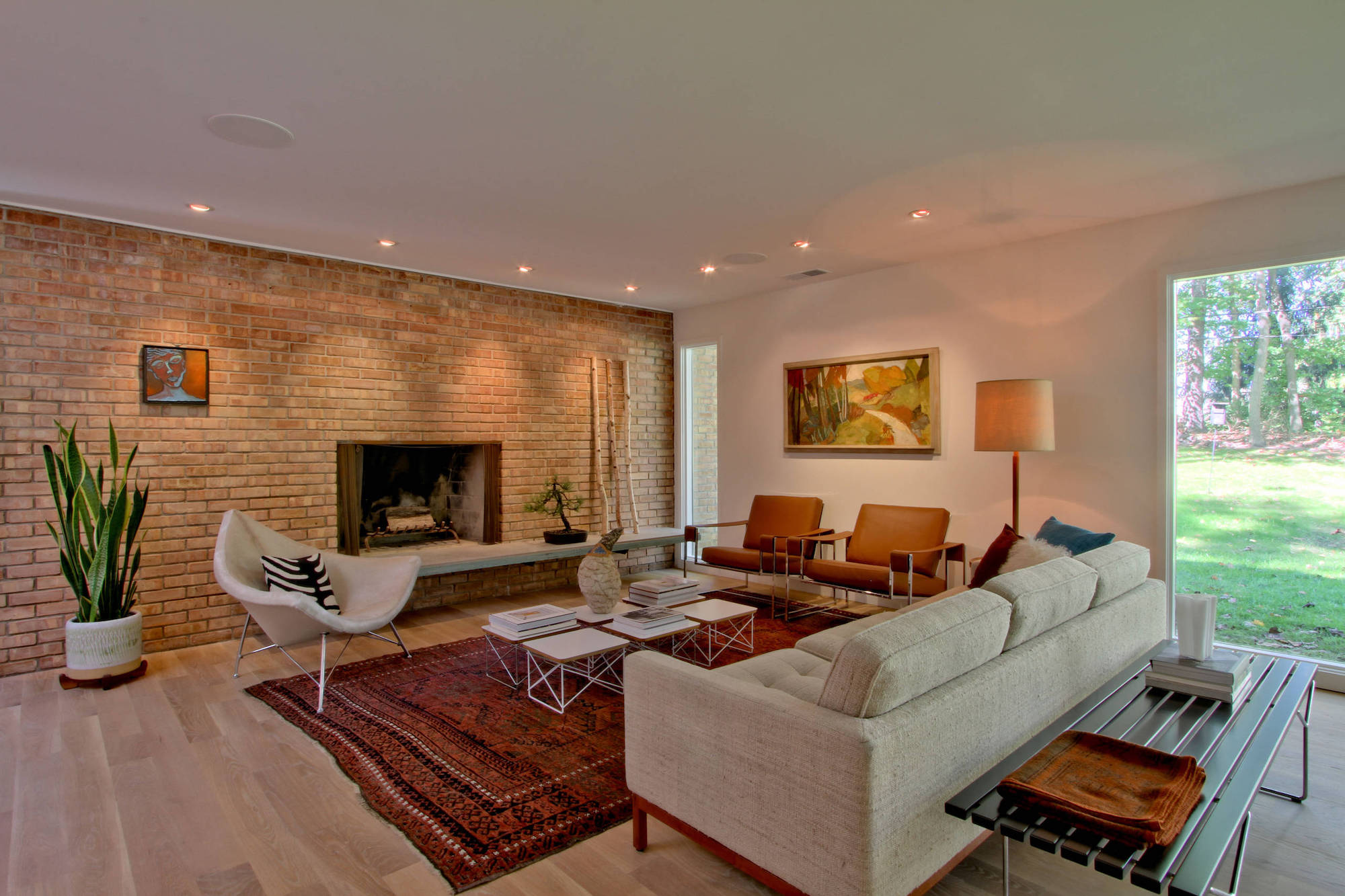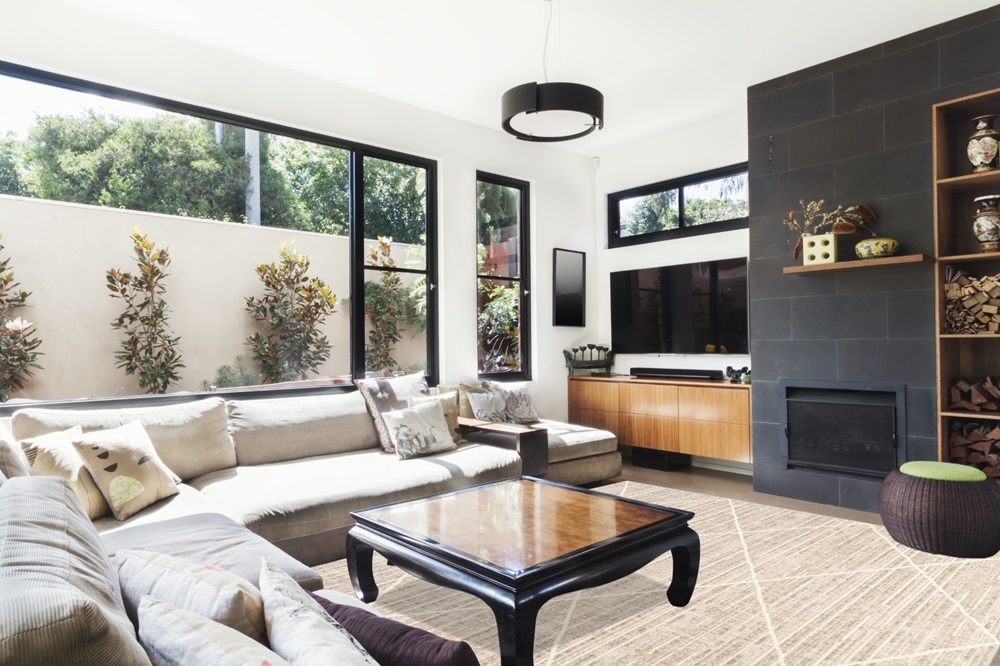How to Use Rugs to Nail the Mid-Century Modern Look
- Home
- Tabrizi Rugs Blog
- How to Use Rugs to Nail the Mid-Century Modern Look

The mid-century modern design movement, characterized by clean lines, organic forms, and functional shapes, continues to influence contemporary interiors. One often overlooked element that can elevate this look is a well-chosen rug. In this guide, we'll explore how the right rug can serve as the perfect foundation for a mid-century modern aesthetic in your home.
What Defines Mid-Century Modern Style?
Historical Context
Born out of the optimism and technological advances of post-World War II America, the mid-century modern design movement blossomed from the mid-1940s into the 1960s. Influenced by the German Bauhaus design and the Scandinavian emphasis on simplicity and functionality, mid-century modern gained its distinct American flavor and quickly spread across the world.
Key Characteristics
Minimalistic Designs
The design movement opted for a cleaner, clutter-free aesthetic. Functionality was at the heart of the design, making each piece both simple and practical.
Geometric Shapes
From furniture to art pieces, geometry played a significant role. Expect to see a lot of rectangles, squares, and even some unexpected forms like boomerangs and kidney shapes in both furnishings and decor.
Mix of Materials
Mid-century modern design heralded a mix of natural and synthetic materials. You'd often find wood, metal, glass, and even plastic coexisting in a single piece of furniture or room.
Open Floor Plans
One of the staples of mid-century modern architecture is the open floor plan. This gave a sense of spaciousness and fluidity, allowing for multifunctional spaces.
Earthy Colors Paired with Bright Accents
While neutral, earthy tones like olive green, mustard, and orange were popular, they were often juxtaposed with splashes of brighter or more contrasting colors.
Focus on Functionality
Above all else, functionality was emphasized. Every piece served a purpose; ornamentation for its own sake was eschewed. Instead, the function often dictated form, resulting in streamlined and highly practical interiors.
The Importance of Rugs in Mid-Century Modern Design
Rugs not only add texture and warmth but also play a crucial role in delineating spaces, especially in open floor plans commonly seen in mid-century modern homes.
How to Choose the Right Rug
Material
Opt for natural fibers like wool for a luxurious feel, or synthetic materials like nylon for durability and easy maintenance.
Size
Oversized rugs that extend beyond the furniture footprint can make the room look bigger and more cohesive.
Pattern and Color
Geometric patterns and earthy tones are quintessential. However, don't shy away from vibrant colors that were popular during the mid-century era.
Rugs to Consider for a Mid-Century Modern Look
Persian Rugs
While not immediately obvious, Persian rugs can fit seamlessly into mid-century modern interiors. Their intricate patterns can serve as a focal point in a room filled with sleek, simple furniture.


Geometric Rugs
Nothing says mid-century modern quite like geometric patterns. Opt for rugs with bold shapes to capture this style.


Flatweave Rugs
Simple, unobtrusive, and available in various patterns, flatweave rugs are both practical and chic, embodying the functional aspects of mid-century modern design.
Shag Rugs
Reminiscent of the 60s, a shag rug can add both texture and whimsy to a mid-century modern space.
Styling Tips
- Layering: Don't hesitate to layer a smaller, vibrant rug over a larger, neutral one.
- Furniture Arrangement: Position furniture so it either sits entirely on the rug or at least has the front legs on it.
- Wall-to-Wall Carpet: If you're a fan, consider laying a bold rug over your wall-to-wall carpet for a touch of personal style.
Conclusion
The right rug can make or break your mid-century modern interior. By paying attention to size, material, and pattern, you can find the perfect rug to complement this enduring and beloved style.
Shop Mid-Century Modern Rugs at Tabrizi Rugs
Looking for the perfect rug to complete your mid-century modern décor? Browse our extensive collection of Mid-Century Modern Rugs at Tabrizi Rugs.
Categories
Recent Posts

 CA ($CAD)
CA ($CAD) 